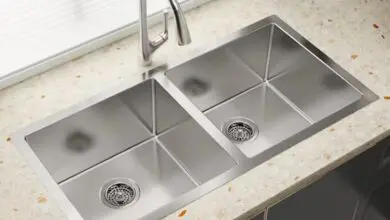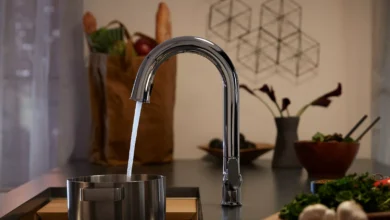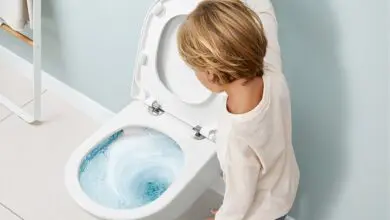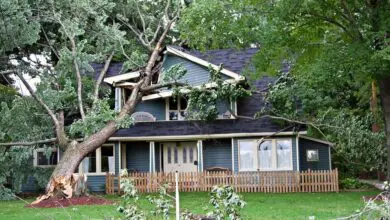How Often Should You Waterproof Your Roof?

Waterproofing is an indispensable part when building or renovating a roof. The main cause of leaks and deterioration of the roof is poorly done, dilapidated waterproofing – or simply a lack of one. Roof waterproofing has become the standard in new construction – and if everything is done correctly, additional work is not required. In the case of older houses, it will probably be necessary to subsequently install waterproofing on the roof – or replace dilapidated waterproofing. So how often should we waterproof our roof?
What Is Waterproofing?
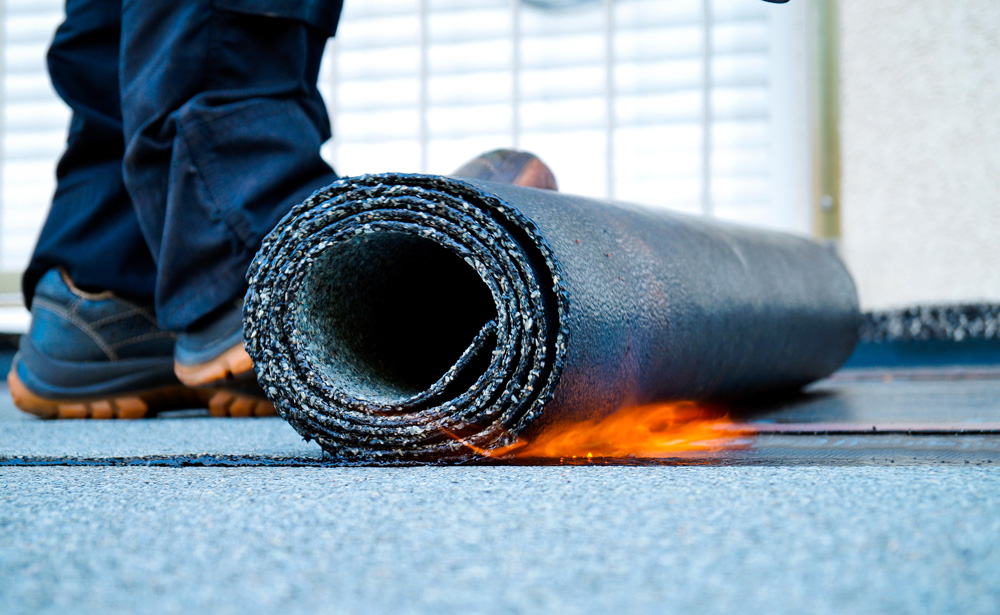
Waterproofing is a procedure of protection, that is, insulation of the roof from moisture and water – which ensures a longer life of the house or building and creates conditions for a healthy and safe lifestyle. It is very important to do it correctly and according to the instructions of the insulation material manufacturer. Any mistake or subsequent repair does not guarantee proper protection. For this reason, a serious and professional approach is necessary when choosing the most adequate insulation agent and waterproofing contractor – as you will probably need professional staff for the correct installation of the same.
What Is Causing Us Problems When It Comes To Roof Waterproofing?
Water is a symbol of life. However, if it appears where it should not be – it can become a great enemy. In architecture, the problem can arise from atmospheric precipitation, groundwater – or as a problem of installations. In the case of the roof, the problem is most common during rainfall. When it comes to this type of water, if there is no waterproofing, the roof suffers first. Depending on whether it is a sloping or flat roof, there is suitable waterproofing. So if we do the roof waterproofing, how long can we expect it to last? The answer to this question depends on several factors, primarily on the age and type of roof on which the waterproofing is performed – as well as the choice of the appropriate waterproofing agent. Since most new buildings have adequate waterproofing – the biggest problem is with older buildings.
How Often Should We Do Roof Waterproofing?
Properly installed and regularly maintained roof waterproofing can last from 5 to 50 years – construction contractors claim. According to Rooflock.com, durability depends on the method of installation and the used materials. However, weather conditions and external temperatures have the greatest impact on the longevity of roof waterproofing. The installed waterproofing can sometimes become dry and brittle due to too high temperatures – or crack and become porous due to low temperatures and heavy rainfalls. In any case, a universal recommendation is to renew your roof insulation every 10-15 years, or earlier as needed. So what is the primary thing we should do, how to protect it – and how long will such waterproofing last? As we said, it depends on the climate, the type of roof – as well as the waterproofing agent you choose.
-
Sloping roof waterproofing
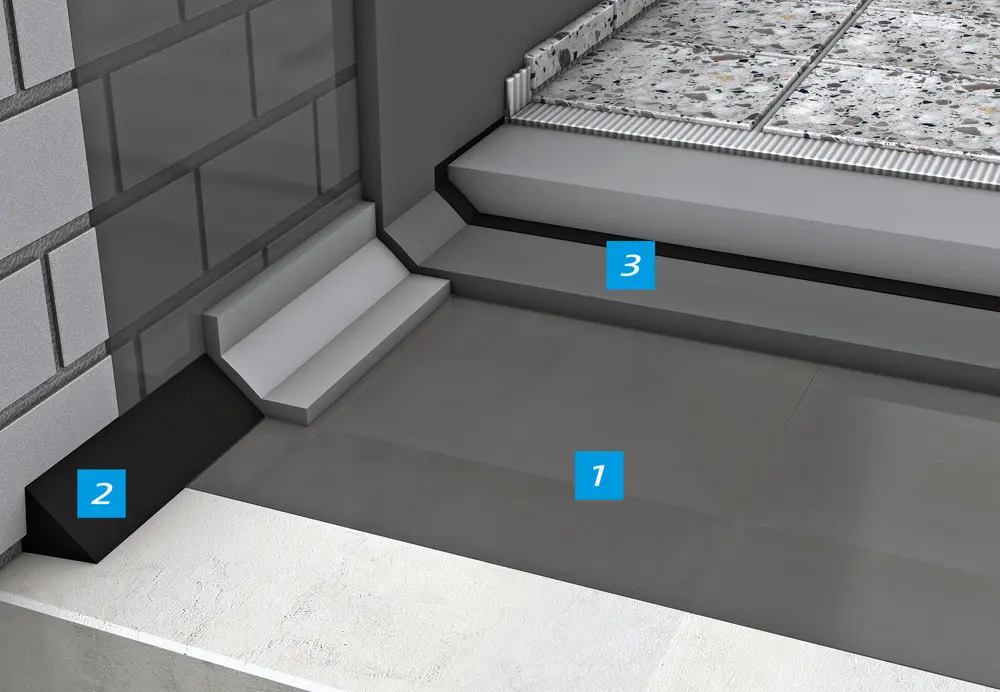
The sloping roof itself does not retain water. However, this doesn’t mean that there is no possibility of leaking water. Sloping roof waterproofing involves the use of vapor-permeable waterproof foil. That foil is placed on the outside of the roof – that is, just below the roof or roof tiles. This foil prevents the penetration of atmospheric water into the roof and attic structure. After placing the foil – glass wool should also be placed. Then, another waterproofing foil is placed on the glass wool – which prevents the penetration of water vapor from the attic into the insulation itself. If water vapor penetrates – the complete insulation, both thermal and sound would be damaged.
-
Flat roofs
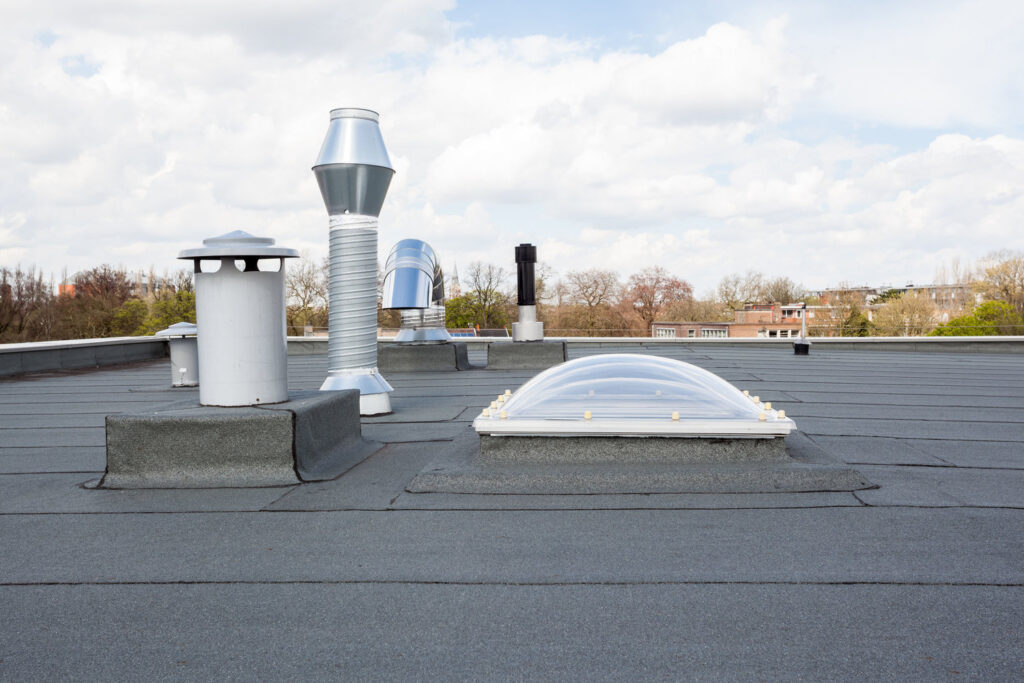
Flat roofs, unlike sloping roofs, have a far bigger problem. Very often, apartments located on the top floor of residential buildings, just below the flat roof – have a big problem. Namely, due to the retention of atmospheric water on the roof, its deposition occurs. Then, due to the lack of dilapidated or inadequate waterproofing – moisture penetrates the apartments. In the best case, the plaster falls off the ceiling – and in the worst case, the water itself enters the apartment. It is clear to you why waterproofing is necessary in the case of a flat roof. Bitumen used to be serving this purpose – but this is no longer the case. Namely, with extreme climate changes, strong winters, and hot summers, it turned out that bitumen is not the best protection. With the development of technology, new products have emerged – so they are used for waterproofing flat roofs today.
Materials That Can Be Used
Depending on the type of roof, you will also decide on the material. Of course, it is recommended that this work is done by professionals, who can also assess which material is best for your roof. In any case, these are some of the most commonly used roof waterproofing materials.
-
EPDM membrane
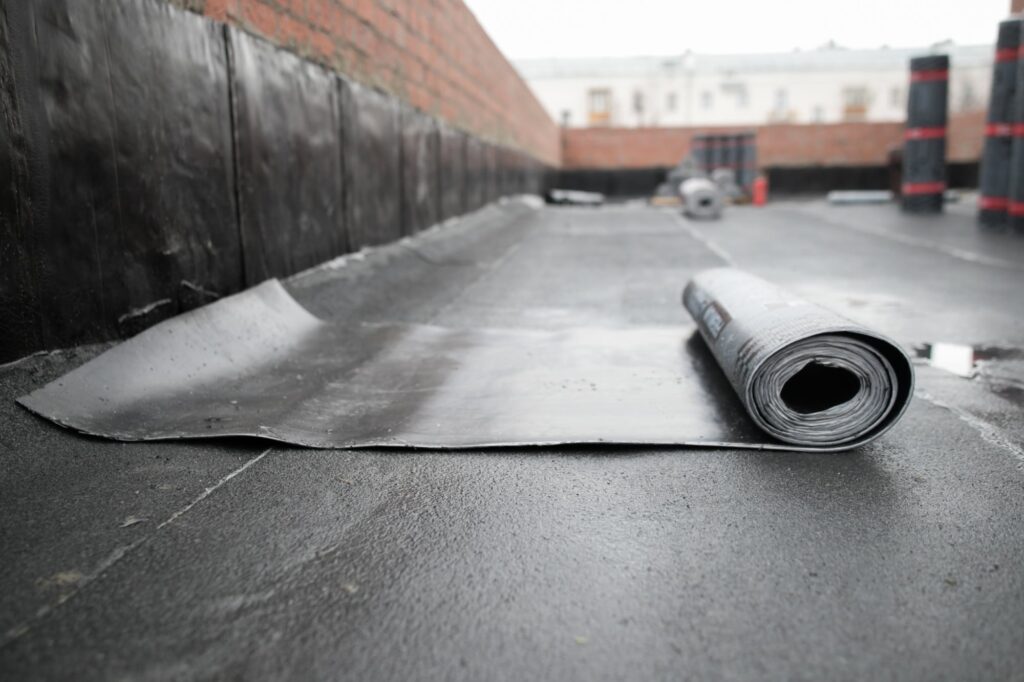
This is an efficient high-quality waterproofing system. It consists of synthetic rubber – and is characterized by exceptional elasticity. There will be no rupture of the membrane. It is resistant to UV rays. The expected lifespan, if applied well, is 30-50 years. Requires minimal maintenance throughout the year. It is most often installed on commercial buildings. Requires installation by a professional.
-
PVC membrane
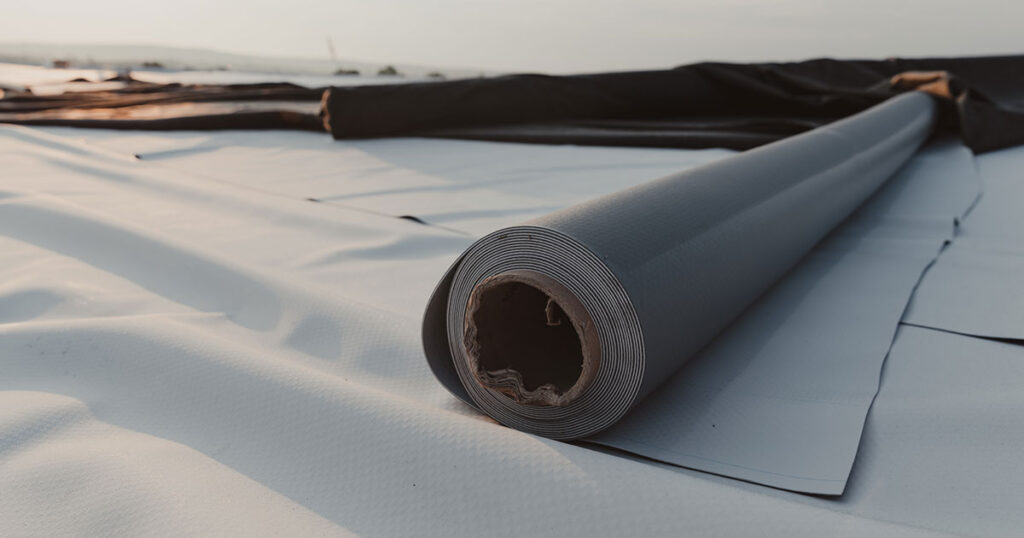
Waterproofing PVC membrane is a generally accepted waterproofing material for flat and low-sloping roofs. PVC membrane is light, flexible, and durable. It comes in several thicknesses, and thicker membranes are usually more expensive. Waterproofing PVC membranes are also installed by professionals.
-
Liquid polyurethane coatings
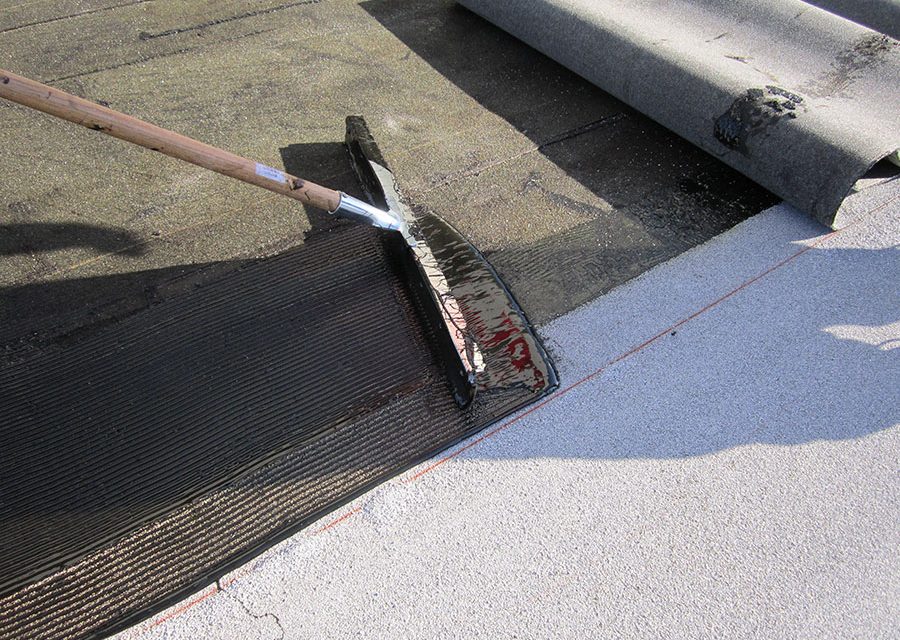
Liquid polyurethane coatings are applied to the substrate by hand or by machine – forming an elastic waterproof membrane, which has no overlap. As such, it provides excellent protection against water and moisture. It is very resistant to chemical influences, UV radiation, and plant roots. It binds well to different types of substrates – such as concrete, cement mortar, wood. Depending on the need, these coatings can be of different colors.
-
Acrylic coatings
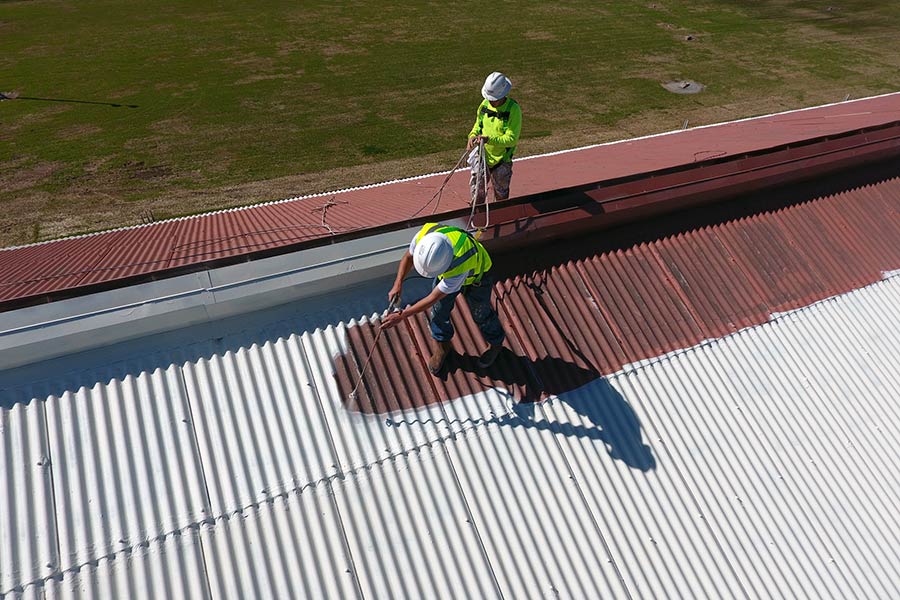
Acrylic coatings are excellent for waterproofing entire concrete roof surfaces and local repairs. Acrylic coatings for roof waterproofing can also serve as temporary protection for smaller areas. Primer is coated on a dry and cleaned surface. When the primer dries, apply an acrylic coating in 2 coats.
-
Two-component cement coatings
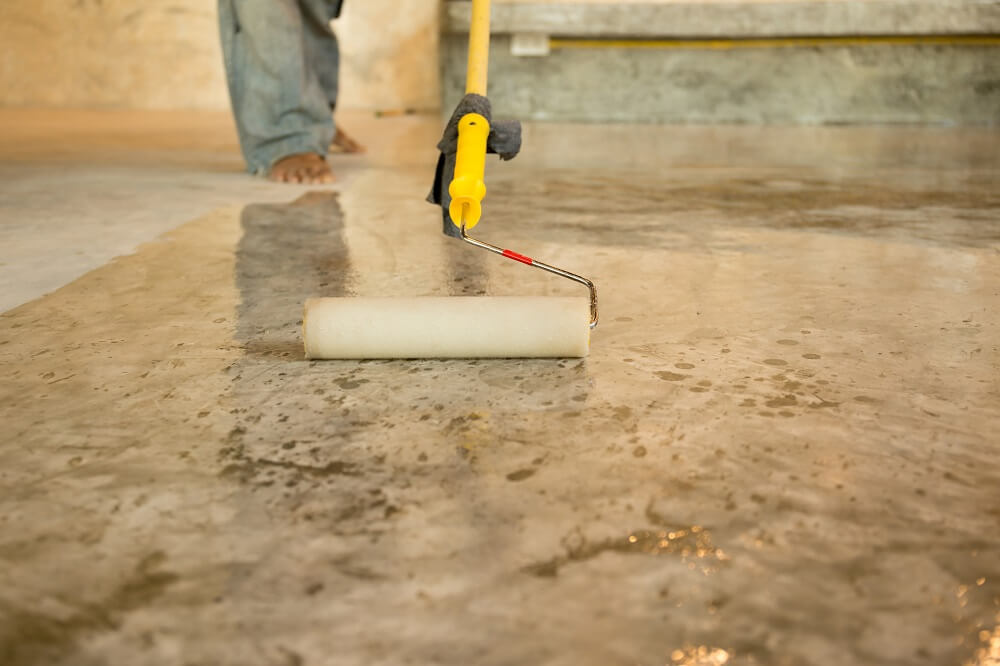
This is a great choice for a flat roof where puddles and ponds are collected. It has high resistance to water and all weather conditions. It can also be used to repair local cracks and cover the entire roof surface. In addition to roof waterproofing, it can also be used in the bathroom and basement.
The Bottom Line
Roof waterproofing is without a doubt a very complex job that you should leave to professionals. It often happens that people think that everything can be done according to the DIY principle – and then they realize that mistakes exist and that it will cost them twice as much in the end. Therefore, take a good look at everything we have told you – and wait for the nice weather to start the roof waterproofing works, so you can be ready for the next autumn and winter season.

